Science and Leadership: Inextricably Linked and Mutually Beneficial

A Bit of Background
The Laidlaw Foundation highlights several attributes associated with leadership including: effective communication, creative and critical thinking, self-awareness, continuous learning, collaboration and teamwork, determination and resilience, research and project management skills and so on. I can’t lie, deciding what to write this blog post on took me some time. It was always going to surround, in part, my research experience. But, rather than the technical side of my research, I wanted to focus on the experience (I may touch on my technical research ever so slightly, just for clarity). Leadership is refined by experiences and research itself and the journey to conducting that research is such an experience - the two are highly interconnected. So, without further ado, let us begin…
My Journey to Laidlaw
In high school, I fell out of love with learning. This was in part because growing up, parents' evenings at school echoed criticisms like, "she's too quiet," and "she doesn't ask enough questions in class." As for not asking questions, I've always preferred to seek answers myself, resorting to asking only when my personal efforts fell short. However, hearing throughout my life that I was too quiet didn't miraculously transform me into an outgoing individual. I've always been content engaging in discussions and contributing wholeheartedly, but I'll never be the loudest voice in a group. I am highly collaborative, but not naturally talkative. Kind of contradictory, right? And, in no manner did high school instil the belief that I was a leader.
So, what happened? Something must have changed, considering my decision to apply to the Laidlaw Research and Leadership Programme. Well, I took a gap year - admittedly at an unfavourable time to take one, in the midst of the COVID-19 pandemic, when travel was prohibited and job shortages were rife. Despite this, I secured a job and unintentionally, my introverted, question-averse high school self found herself in a supervisory role within a web department. Suddenly, the label of being too quiet disappeared. At that point I’d broken the cycle and launched myself (maybe a bit too forcefully) out of my comfort zone.
Returning to my love for learning, or lack thereof in high school, I had come to associate learning with grades and tests, stress and negativity. I was not truly learning, I was memorising masses of information. I think in part why I loved biology, even then, was that the teacher used to be a researcher, and our lessons were divided into two parts: the first half focusing on what must be memorised for exams, while the second half typically centred around discussions about ongoing research in the field. Being exposed to current research and textbook concepts in practice heightened my interest in the subject and disrupted the cycle of memorisation, allowing for a more tangible grasp of the processes and their significance. Even now, when I tutor GCSE or A-Level biology, I try to incorporate authentic research to make the concepts come to life.
So my "passion" for biology emerged at a young-ish age—though I use the term passion cautiously, as it feels hauntingly reminiscent of writing a university personal statement. In high school, I undertook a literature-based project on neurodegeneration, looking at the different treatments being developed for Amyotrophic Lateral Sclerosis, Parkinson’s disease and Alzheimer’s disease. Month after month, I delved into numerous research papers, going down one rabbit hole after another, simply because I found it fascinating. My peers thought I was insane - the project was notoriously thought of as a chore to most. Yet, I loved it and pursued a degree in neuroscience determined not to just read the research papers, but to conduct the research.
Naturally, while I have developed other interests in the field, neurodegeneration remains a persistent curiosity, and the broad topic of my Laidlaw research project. Zora Neale Hurston once said “Research is formalised curiosity. It is poking and prying with a purpose” (Zora Neale Hurston, 2006). This quote resonates with me because as I said, I’ve always loved looking for the answers myself, and in research one often cannot rely on asking others, as the answers are unknown.
My Laidlaw Research
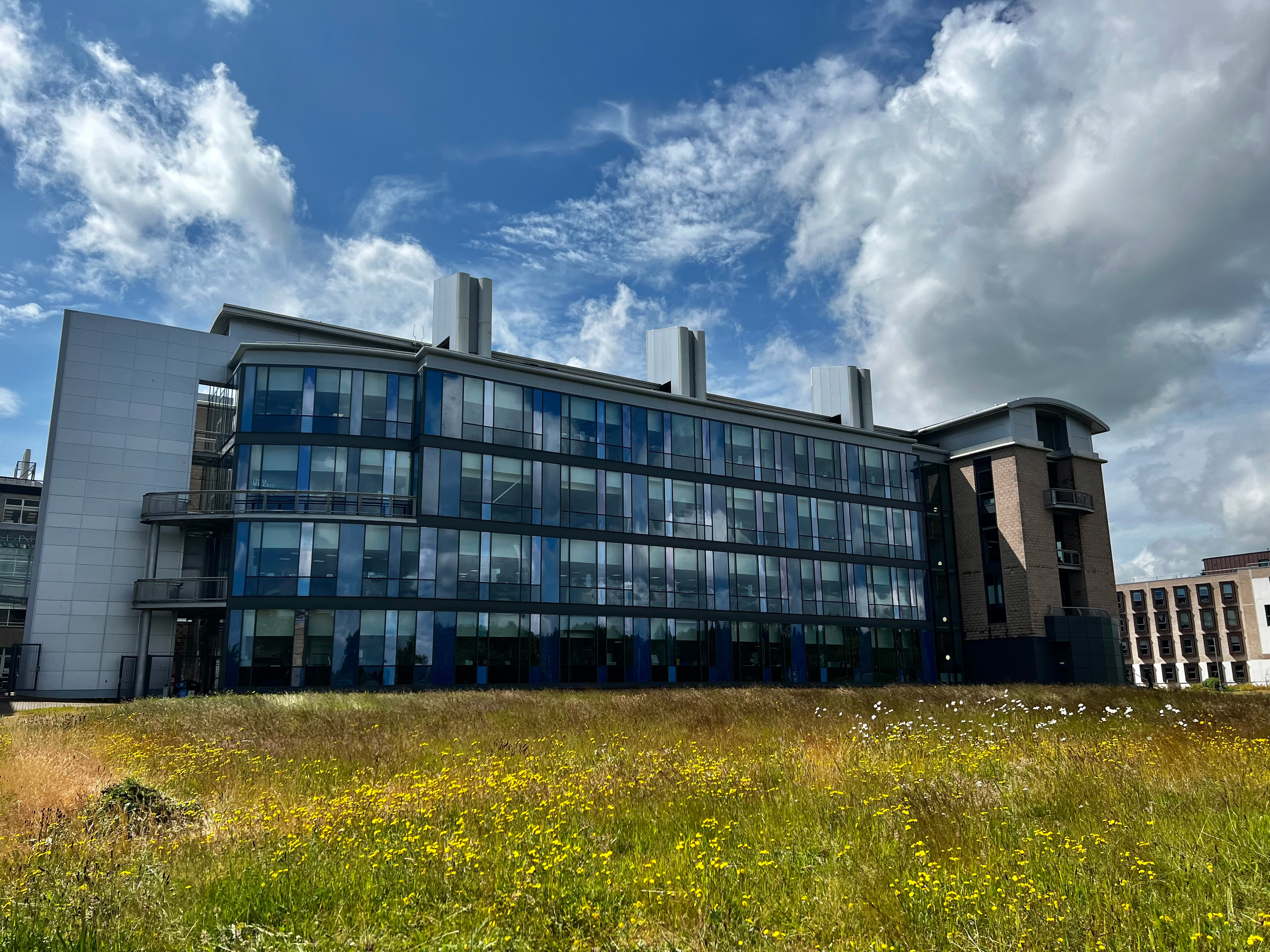
The Biomolecular Sciences Building of the University of St Andrews and the Location of my Research.
The title, while changed four times during my six week project, ended up being “Proteomic and Functional Analysis of Neurochondrin: A Potential Therapeutic Target for Spinal Muscular Atrophy and Other Neurodegenerative Diseases”.
Let's break this down:
- proteomic analysis, I analysed proteins;
- functional analysis, I analysed the functions of proteins;
- neurochondrin, the protein I analysed;
- therapeutic target, we might be able to use the information to pursue a treatment;
- Spinal Muscular Atrophy, a neurodegenerative disease causing muscle weakness which in its most common form has a life expectancy of less than 2 years and is a leading genetic cause of infant mortality (Zanetta et al., 2014);
- neurodegenerative diseases, diseases which cause problems with the nervous system (Alzheimer’s disease, Parkinson’s disease and Motor Neurone disease are among the most recognised).
Now in a bit more detail… this is the science bit
First, I need to give you a bit of background (I know I promised no research jargon but nothing will make sense without it). I’ll try to keep this short. Neurochondrin is an essential neural protein with several proposed roles in the central nervous system, one of which is neurite outgrowth (Dateki et al., 2004). Neurite outgrowth is essentially how neurons make projections (the projections being neurites) which allows the neurons to communicate with one another. In Spinal Muscular Atrophy, which is caused by reduction of a protein called survival of motor neurone protein (SMN), neurite outgrowth is compromised. Neurochondrin and SMN have been shown to interact although the exact mechanism by which they do so is yet to be fully elucidated (Thompson et al., 2018). So, simply put, if neurite outgrowth is promoted by neurochondrin, and prevented when SMN is lost, there could be a pathway in which they work together.
The initial stages of my project were meant to consist of a bioinformatic analysis comparing the interactomes of neurochondrin and SMN. Basically, proteins interact with each other to carry out various functions within cells. I was using SH-SY5Y cells which are neuroblastoma cells, we use them to model the functions of neurons.

Image of SH-SY5Y Cells taken at 40X Magnification
More specifically, I was looking at what other proteins neurochondrin and SMN individually interact with in neurons, and which proteins both of them interact with. I was meant to work with two data sets and statistically analyse the “hits” - aka proteins that were found in only the neurochondrin or only the SMN interactome - to determine their significance. This data comes from a mass spectrometry machine - a sample is sent to the mass spectrometry department, they run the sample in the machine and data is obtained.
The first problem I encountered was that I was only able to access one of the two data sets. Initially, one of the two data sets needed to be completely re-done, and the other data set was workable but needed to be run with a larger sample to allow more proteins to be picked up. As a result, working with the data set I could access, while the larger sample was being run, I started looking into two proteins. Everything was looking great… or, so I thought. Then, the larger sample updated the initial data set, and all of a sudden, the two proteins were no longer hits. They were false positives. Science by nature is unpredictable, I was warned of that from the outset, but you don't really understand the phrase until you experience the unpredictability of science. So, back to the drawing board.
This time, looking at the new data set, I chose three proteins to investigate (really covering my back this time and keeping it broad). I decided to look at two neurochondrin-interacting proteins and a neurochondrin-SMN co-interactor. And so the rest of my project involved various experiments to determine how the three proteins act in different circumstances. For now I’ll leave it there, and if you want to know more my full essay will be released in a month's time!
Wrapping it up
Why does this all link to leadership? Leadership skills are weaved throughout the research process. Given that research is a collaborative discipline, effective communication and teamwork skills are unsurprising. But, knowing one's own limitations comes with experience (and maybe some painstakingly honest reflection), and is needed in research to grow as a person and to develop ideas. Resilience is bouncing back from and bouncing beyond problems, overcoming obstacles (like changing an entire research plan two weeks into a six week project). Creative and critical thinking involves solving problems (like why neurites don’t grow correctly in various neurodegenerative disorders) in unique ways and curiosity drives innovative approaches to solving such problems. In my application for the Laidlaw scholarship I wrote “I initially viewed science and leadership separately presuming I had to prioritise one over the other. They are, however, inextricably linked and mutually beneficial” and I don’t think I truly knew what I meant until I experienced it firsthand.
I would like to express my sincere gratitude to my supervisor Dr. Judith Sleeman for her invaluable guidance and unwavering support throughout my project. Additionally, I am immensely grateful to Kimberly Vincent for her constant support which played a significant role in the outcome of my research. Finally, I would like to extend my profound thanks to Lord Laidlaw and the Laidlaw Foundation for this incredible opportunity.
Reference List:
Dateki, M., Mochizuki, R., Yanai, K. and Fukamizu, A. (2004). Identification of the mouse neurochondrin promoter region and the responsible region for cell type specific gene regulation. Neuroscience Letters, 356(2), pp.107–110. doi:https://doi.org/10.1016/j.neulet.2003.11.026.
Thompson, L.W., Morrison, K.D., Shirran, S.L., Groen, E.J.N., Gillingwater, T.H., Botting, C.H. and Sleeman, J.E. (2018). Neurochondrin interacts with the SMN protein suggesting a novel mechanism for spinal muscular atrophy pathology. Journal of Cell Science, [online] 131(8), p.jcs211482. doi:https://doi.org/10.1242/jcs.211482.
Zanetta, C., Riboldi, G., Nizzardo, M., Simone, C., Faravelli, I., Bresolin, N., Comi, G.P. and Corti, S. (2014). Molecular, genetic and stem cell-mediated therapeutic strategies for spinal muscular atrophy (SMA). Journal of Cellular and Molecular Medicine, [online] 18(2), pp.187–196. doi:https://doi.org/10.1111/jcmm.12224.
Zora Neale Hurston (2006). Dust tracks on a road : [an autobiography] ; the restored text established by the Library of America. New York: Harperperennial.

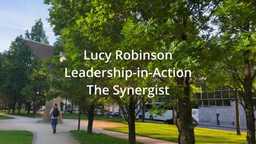
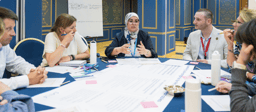
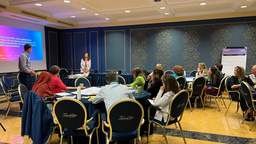
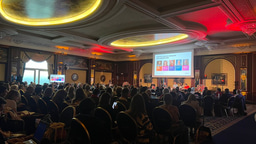
Please sign in
If you are a registered user on Laidlaw Scholars Network, please sign in